In some ways, this is an example of China feeling for the stones to cross the river. The elite are aware it needed to improve its compact with the bedrock of the Chinese revolution, its resilient and often vocal rural peasants. They are after all, a massive part of China’s 180,000 or so mass incidents.
That they are given a direct and growing semblance of contribution toward policy making, is a step forward. How this is enhanced by the new leadership remains to be seen.
Hukou restrictions have become less of a barrier when moving around China for work. Its impact on the wider socio-economic net at popular host cities is also significant though. Access to quality healthcare, welfare is a matter of application; given limited trained human resources, not infrastructure nor intention. I learnt this from a well travelled migrant worker from Yunnan.
Together rapidly growing cities have the propensity to grow out of hand as I saw on my visits. The pollution generated by the sum total of all that growth, has generally not been well managed. Clean water is increasingly hard to find. To compound that, China’s empty forts of ghost cities will be filled soon enough. after all it only just passed the mark of 50% urbanisation. A positive however, is its pervasive use of solar power all around.
The rise of public opinion as agent for change cannot be understated. The alternative voice online is now a rather powerful force. The government is learning to respond. As its consciousness as the fourth estate takes hold, its increasingly self reflexive and critical domestic media, should not be overlooked either.
As China rises it may be rather important to keep an eye on how it rejuvenates itself internally. Standing up rather quickly from a long slumber, what it does to keep its internal qi healthily flowing will make all the difference in its ability to pull off the China Dream.
– – –
Throwing open the doors
By Liu Linlin
Source – Global Times, published January 25, 2013
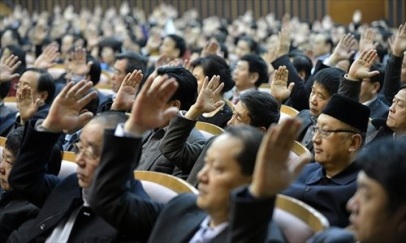
Source – Global Times: Deputies to the Xi’an People’s Congress, Shaanxi Province, raise their hands Wednesday to approve the reports including the work report presented by the city government. Photo: CFP
Cheng Junrong has come a long way since his peers, mostly migrant workers, voted for him into the National People’s Congress (NPC) as a deputy five years ago. Over the last five years he has analyzed amendments to laws and proposals to various government agencies, but at the end of last year he retired, having reached the mandatory five-year limit.As a migrant worker, he has lived through the difficulties imposed by the household registration, or hukou system, and he’s witnessed what it’s like to receive unfair payments caused by problems with labor laws.
When he saw his suggestions included as amendments to the Labor Law, he was encouraged and handed over more proposals to improve the working conditions of migrant workers, one of the most disadvantaged groups in the country.
“The construction of modern society needs a huge amount of migrant labor. But if their welfare or payments can’t be settled, there will be huge crisis in the future,” Cheng said.
Read the rest of this entry »
Filed under: Beijing Consensus, Charm Offensive, Chinese Model, Collectivism, Communications, Culture, Domestic Growth, Environment, Government & Policy, Green China, Human Rights, Influence, Infrastructure, Internet, Mapping Feelings, Migrant Workers, Migration (Internal), Modernisation, Nationalism, New Leadership, Peaceful Development, People, Politics, Population, Public Diplomacy, Social, Strategy, The Chinese Identity
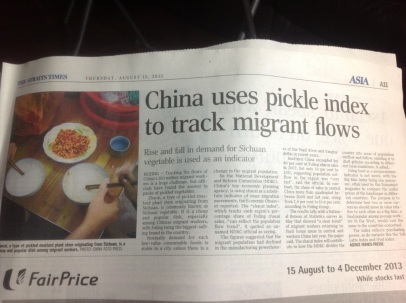





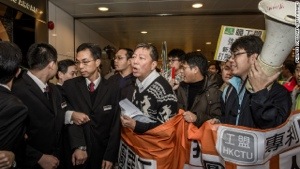






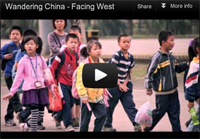

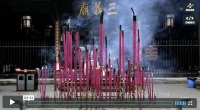



The Sharing Circle